Help Prevent Head Lice with This DIY Natural No-Nit Spray
This website may earn commissions from purchases made through links in this post.
Use this natural no-nit hairspray to prevent head lice and save the hassle of delousing!
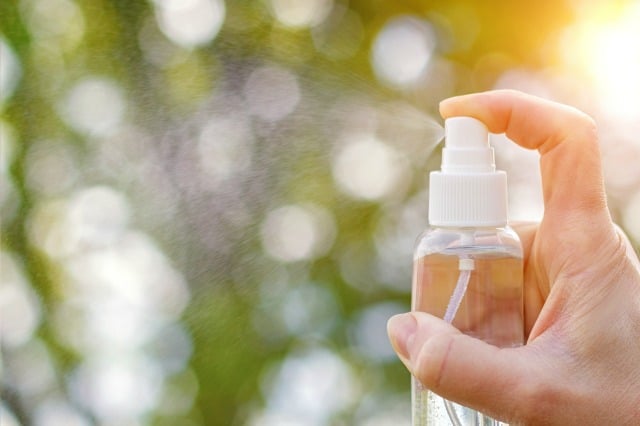
Getting rid of head lice can be a painful process. Hours of painstaking combing and nit-picking in front of some horrible cartoon on the telly.
I’m getting itchy just writing about it.
And just when you’ve spent hours and hours getting rid of the nits, your kids return to school only pick up the critters again (and again) from their classmates.
They say prevention is better than cure, and with the time and effort it takes to get rid of head lice, I would have to agree!
But is it even possible to prevent head lice?
The answer is yes, there is an all-natural scientifically backed solution that can help prevent head lice.
A Natural Anti-Nit Spray Using Essential Oils
Douse to prevent louse! That’s my motto when it comes to preventing head lice infestation. Spraying your children’s hair each day before school with anti-nit essential oils can deter lice from jumping ship and taking up home on your little one’s locks.
I watched my daughter whispering with a classmate the other day, heads pressed together as they giggled and played. I don’t want my kids to be fretting over head lice or avoiding friends who might have lice! So I use this preventative spray and let kids be kids.
I’ve found the following anti-nit spray (recipe below) to be effective – as long as I remember to do it every day.
Combining the anti-nit spray with a weekly comb and check goes a long way in preventing the spread of lice.
But don’t take my word for it. See what scientists have found when they’ve pitted essential oils against lice.
Do Essential Oils Really Work to Prevent Lice? What the Science Says
Essential oils for nit prevention aren’t just some old wives tale that we desperately hope works. Studies show that essential oils are effective against lice. In some cases more effective than chemical treatments thanks to insecticide resistance.
The main anti-nit essential oils are tea tree oil, lavender oil and Eucalyptus oil.
This study reported a 100% mortality rate of head lice in 30 minutes when using tea tree oil at 1% dilution as a head lice treatment.
In this study, the researchers found that the combination of tea tree oil and lavender oil is more effective than conventional lice treatments. The “suffocation” method was also as effective as the essential oils.
A Eucalyptus and tea tree combination was found to be more than twice as effective than conventional treatment in this study with less likelihood of irritation or adverse reactions. Finally, this study suggests that Eucalyptus oil appears to provide effective protection from lice.
So essential oils have been found to be effective against lice. But are they safe? Here are a few precautions to keep in mind.
Essential Oil Safety
Tea tree oil and lavender oils are generally considered safe for children over 3 months of age when used on the skin when diluted to 0.5% or less. Caution is always necessary when using any products on young children. Eucalyptus oil is not recommended for children under 2 years of age.
For kids six years and older, a dilution of 1% is suggested. In the study quoted above, they found tea tree oil diluted to 1% was effective at killing lice.
For younger children, a 0.5% dilution is suggested, and for adults, a 2% dilution works well.
The recipe below is at 1% dilution. If you have a different size bottle and you want to work out how many drops to put in your bottle size, a 1% dilution works out to be approximately 5 drops per 25mls of water.
A small number of people can be allergic to certain essential oils, so like anything, it’s important to patch test a small amount of diluted oil and wait for 24 hours to see if there is a reaction. If there is a reaction, discontinue use and consult a doctor.
Essential oils should not be swallowed. If swallowed, ring the poison hotline.
A Note on the No-Nit Spray Ingredients
Oil and water don’t mix, so the following spray uses witch hazel to help the water and oil to emulsify. You can use vodka instead, but I’ve never been able to find the elusive “cheap vodka” others write about.
Alternatively, you can just use plain water and shake the bottle well before spraying hair.

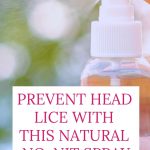

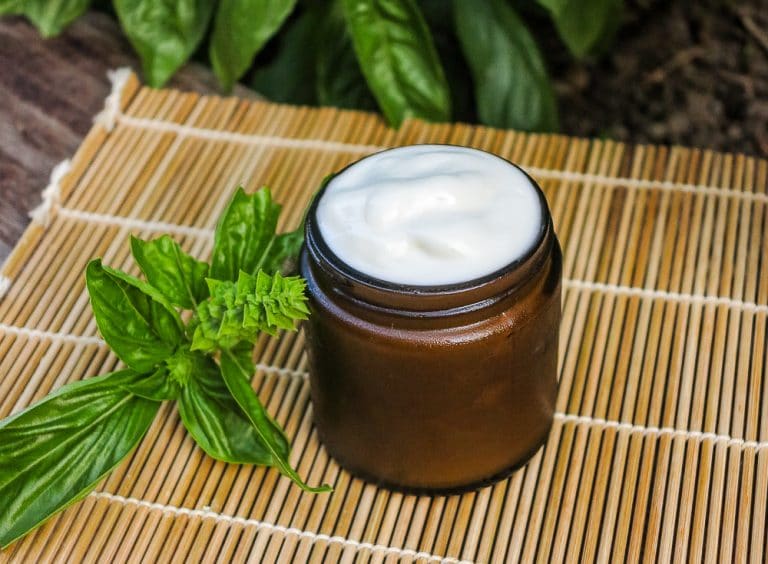
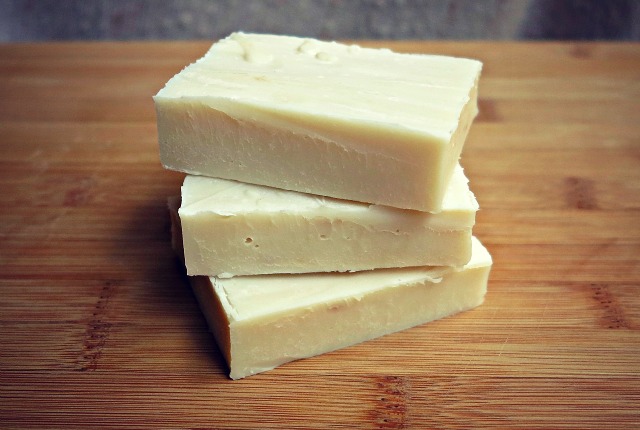
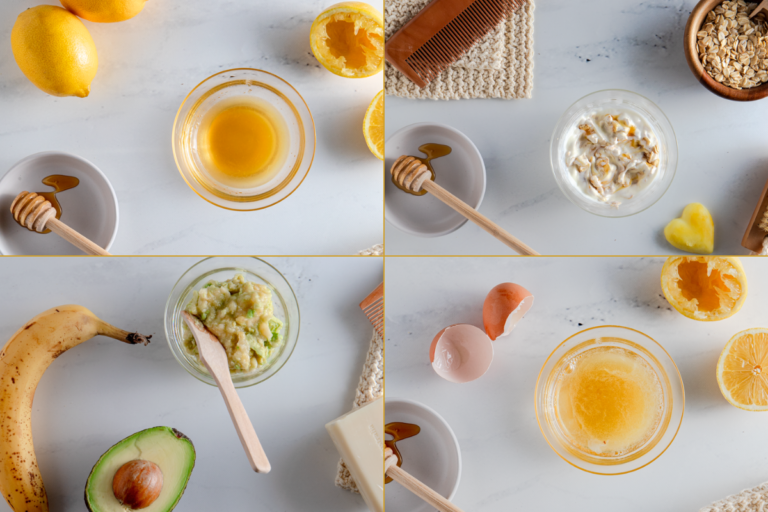
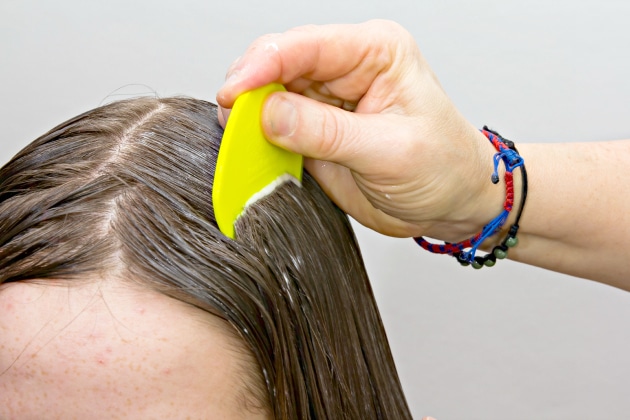
Thank you so much for including the safety information in your article. So important!
Thanks Shari.
Do you just put a couple sprays on dry hair?